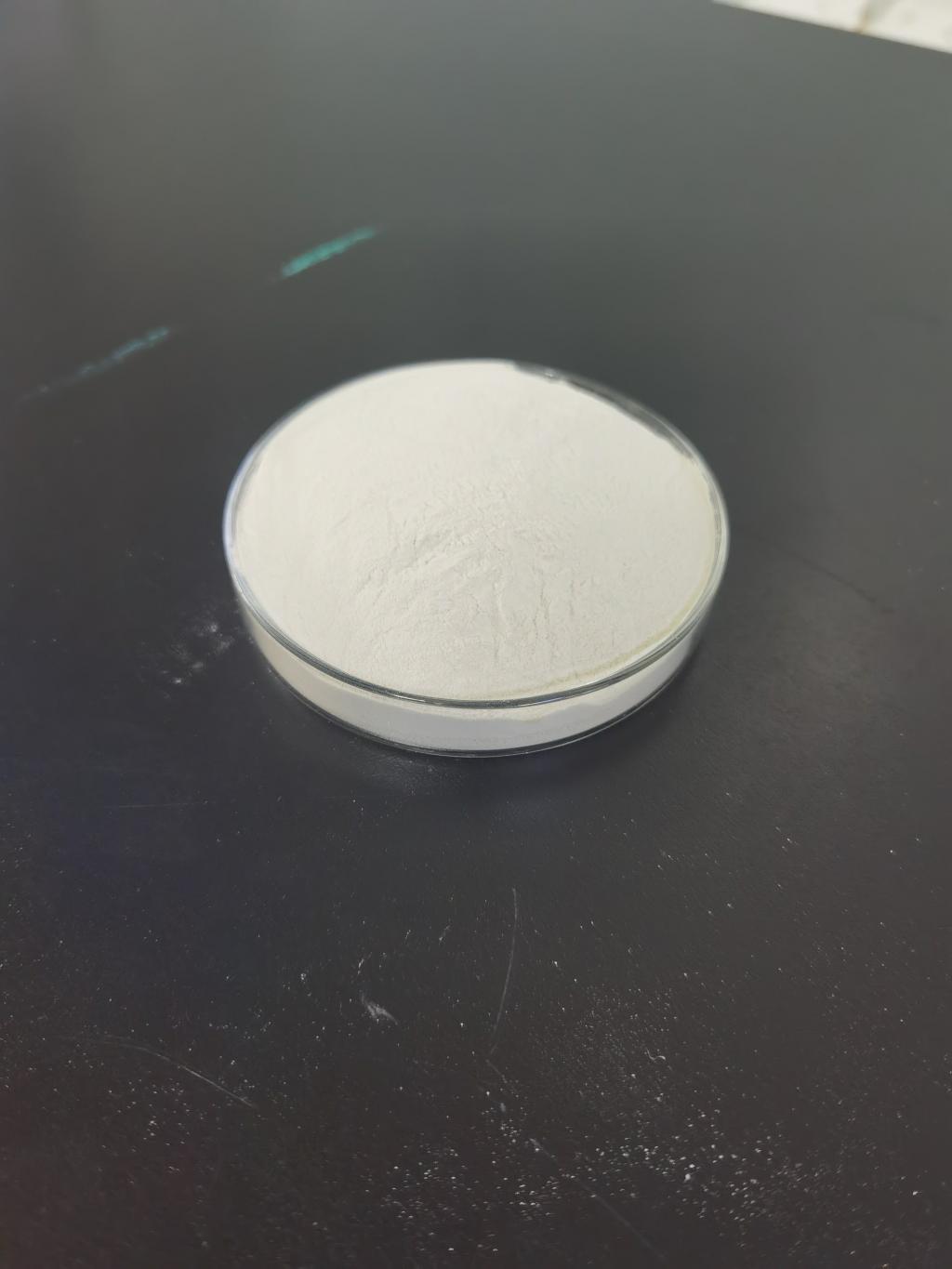Tel:+8618231198596

News
 CONTACT
CONTACT
 CONTACT
CONTACT
- Linkman:Linda Yao
- Tel: +8618231198596
- Email:linda.yao@dcpharma.cn
- Linkman:CHARLES.WANG
- Department:Overseas
- Tel: 0086 0311-85537378 0086 0311-85539701
News
Nisin's impact on the dairy fermentation process.
TIME:2024-05-24
Mechanisms of Nisin Action
Nisin exerts its antimicrobial effects primarily through interaction with bacterial cell membranes. It targets the lipid II molecule, a key component in the bacterial cell wall synthesis pathway. By binding to lipid II, nisin disrupts cell wall synthesis and forms pores in the cell membrane, leading to cell lysis and death. This dual action makes nisin highly effective against Gram-positive bacteria, including Listeria monocytogenes, Staphylococcus aureus, and Bacillus cereus. While Gram-negative bacteria are generally less susceptible due to their outer membrane, nisin can be effective when combined with other treatments that disrupt this barrier.
Application in Dairy Fermentation
Nisin is particularly valuable in the dairy industry due to its ability to control spoilage and pathogenic microorganisms without adversely affecting the beneficial bacteria involved in fermentation. Its applications span various dairy products, including cheese, yogurt, and buttermilk.
Cheese Production
Ripening and Quality Control: During cheese ripening, nisin can inhibit unwanted bacterial growth, ensuring a consistent and high-quality product. It is especially useful in preventing the growth of Clostridium tyrobutyricum, which can cause late blowing in cheeses such as Gouda and Emmental.
Extended Shelf-life: Nisin helps extend the shelf-life of cheese by controlling spoilage bacteria, thereby maintaining flavor and texture over a longer period.
Yogurt and Fermented Milk Products
Safety Enhancement: In yogurt production, nisin can be used to suppress the growth of spoilage organisms and pathogens, enhancing product safety.
Stability and Texture: By controlling contaminant bacteria, nisin ensures the dominance of lactic acid bacteria, leading to a stable fermentation process and consistent product texture.
Buttermilk and Cultured Creams
Microbial Control: Nisin helps in maintaining the microbial quality of buttermilk and cultured creams, ensuring that the fermentation process is not disrupted by unwanted bacteria.
Benefits of Nisin in Dairy Fermentation
Safety and Quality Assurance
Pathogen Control: Nisin effectively inhibits pathogenic bacteria such as Listeria and Staphylococcus, ensuring the safety of dairy products.
Spoilage Prevention: By preventing the growth of spoilage organisms, nisin helps in maintaining the sensory qualities of dairy products.
Extension of Shelf-life
Reduced Waste: Longer shelf-life means less product spoilage, reducing waste and improving economic efficiency for producers.
Consistent Product Quality: Extended shelf-life without compromising quality ensures that consumers receive a consistent product.
Natural and Safe Preservative
Regulatory Approval: Nisin is approved by major regulatory bodies such as the FDA and EFSA, and is considered safe for consumption.
Consumer Preference: As a natural preservative, nisin aligns with the growing consumer preference for clean label and natural ingredients.
Synergy with Other Preservation Methods
Combination Treatments: Nisin can be used in combination with other preservation methods such as high-pressure processing, enhancing its effectiveness against resistant strains and extending its range of action to Gram-negative bacteria.
Limitations of Nisin in Dairy Fermentation
Spectrum of Activity
Limited Efficacy Against Gram-negative Bacteria: The outer membrane of Gram-negative bacteria provides an additional barrier, reducing the efficacy of nisin against these organisms.
Resistance Development
Potential for Resistance: Prolonged and indiscriminate use of nisin can lead to the development of resistant bacterial strains. This necessitates careful management and monitoring of nisin usage.
Impact on Starter Cultures
Sensitivity of Starter Cultures: Some starter cultures used in dairy fermentation may be sensitive to nisin, potentially affecting the fermentation process. It is crucial to select nisin-tolerant strains or optimize the dosage to avoid negative impacts on fermentation.
Regulatory and Consumer Perceptions
Clean Label Challenges: While nisin is natural, some consumers may still perceive it as an additive, posing challenges for clean label marketing.
Future Prospects and Innovations
Enhanced Efficacy Through Formulation
Encapsulation Techniques: Advances in encapsulation technology can enhance the stability and controlled release of nisin, improving its efficacy and reducing the likelihood of resistance development.
Synergistic Formulations: Combining nisin with other natural antimicrobials, such as essential oils or bacteriocins, can broaden its spectrum of activity and enhance its effectiveness.
Genetic Engineering
Modified Strains: Genetic engineering of Lactococcus lactis and other nisin-producing strains can lead to the production of nisin variants with improved antimicrobial properties and reduced potential for resistance.
Applications in Emerging Dairy Products
Probiotic and Functional Foods: The incorporation of nisin in probiotic and functional dairy products can enhance their safety and stability, supporting the growth of beneficial bacteria while controlling pathogens.
Plant-based Dairy Alternatives: As the market for plant-based dairy alternatives grows, nisin can be explored as a natural preservative to ensure the safety and quality of these products.
Regulatory and Industry Collaboration
Guidelines and Standards: Continued collaboration between regulatory bodies and the dairy industry is essential to establish guidelines and standards for the optimal use of nisin, ensuring safety and efficacy while minimizing the risk of resistance.
Conclusion
Nisin has proven to be a valuable tool in the dairy fermentation process, offering significant benefits in terms of safety, quality, and shelf-life extension. Its natural origin and regulatory approval make it an attractive option for producers aiming to meet consumer demand for safe and natural food products. However, careful management of its use is essential to mitigate the risk of resistance development and ensure the continued efficacy of this important antimicrobial peptide. Advances in formulation technology, genetic engineering, and synergistic applications hold promise for further enhancing the role of nisin in the dairy industry. As the landscape of dairy products evolves, nisin is poised to remain a key player in ensuring the safety and quality of fermented dairy products.
- Tel:+8618231198596
- Whatsapp:18231198596
- Chat With Skype







